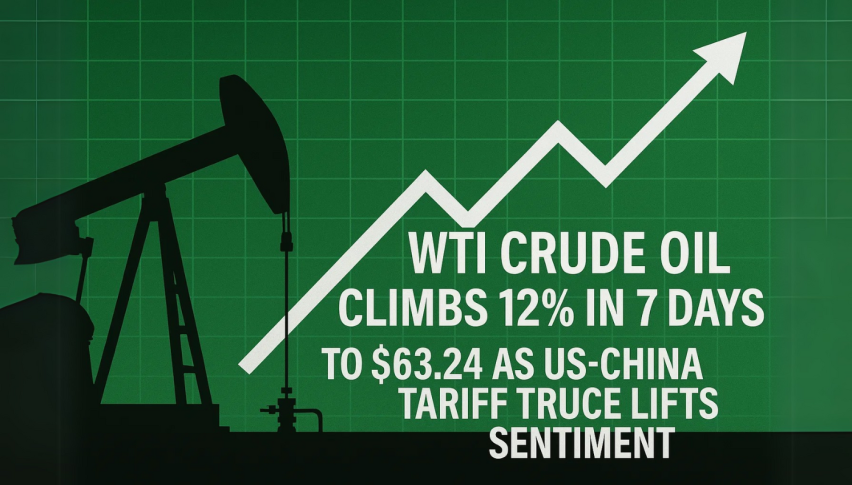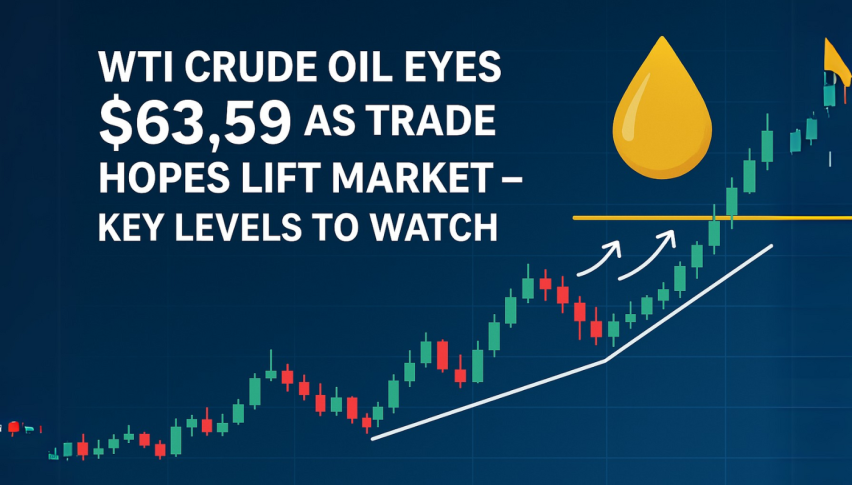Crude Oil rises amid unrest in the Middle East

Geopolitical unrest in the Middle East continued to raise concerns, which led to an increase in oil prices on Tuesday. However, the market’s gains were constrained by a pessimistic outlook for demand and the delay of monthly reports from oil agencies.

At the time of writing this report, Brent futures for May delivery were up 65 basis points, trading at $83 per barrel. The WTI April contract for crude increased by 0.66% to $78.55 per barrel.
Recent price action shows WTI challenged the key resistance at 78.70 per barrel but was unable to break through it. As a result, it is now stuck between the trend keys that are represented by this resistance and the $77.30 support, which maintains our neutrality until a confirmed breach of one of these levels is observed.
While breaking the support is essential to resuming the bearish correction and rallying towards $76.15 and $75 price levels as the main negative stations, breaking the resistance will push the price to achieve new gains that start at 80.05 and extend to $80.95 per barrel. The RSI moves in neutral areas and does not support any trend.
Following its last turbulent week since late 2021, the oil futures market balances opposing bullish and bearish factors. OPEC+ production cuts, Middle East tensions, and growing supply from outside the group offset ongoing worries about the state of the economy in China, the top importer. Conversely, Iran’s oil exports are at their highest point since 2018.
The conflict between Israel and the Palestinian organization Hamas hasn’t caused any significant disruptions to the oil supply, but the Houthis, who support Iran, have been attacking ships in the Red Sea and Gulf of Aden since November, claiming that this is part of their campaign of solidarity with Palestinians.
The outlook for declining demand and rising supply from producers outside the Organization of Petroleum Exporting Countries will cap gains. The International Energy Agency (IEA) predicts that producers outside of OPEC and its allies (OPEC+), such as the United States, Brazil, and Guyana, will be the primary drivers of the oil supply, which is expected to reach a record-high of approximately 103.8 million barrels per day.
In the meantime, compared to the same period in 2023, China’s crude oil imports increased in the first two months of this year. However, these imports were less robust than the previous months, indicating that the world’s largest buyer will likely continue to reduce its purchases. The market is currently anticipating demand estimates from monthly reports from OPEC, the IEA, and the Energy Information Administration
- Check out our free forex signals
- Follow the top economic events on FX Leaders economic calendar
- Trade better, discover more Forex Trading Strategies
- Open a FREE Trading Account



